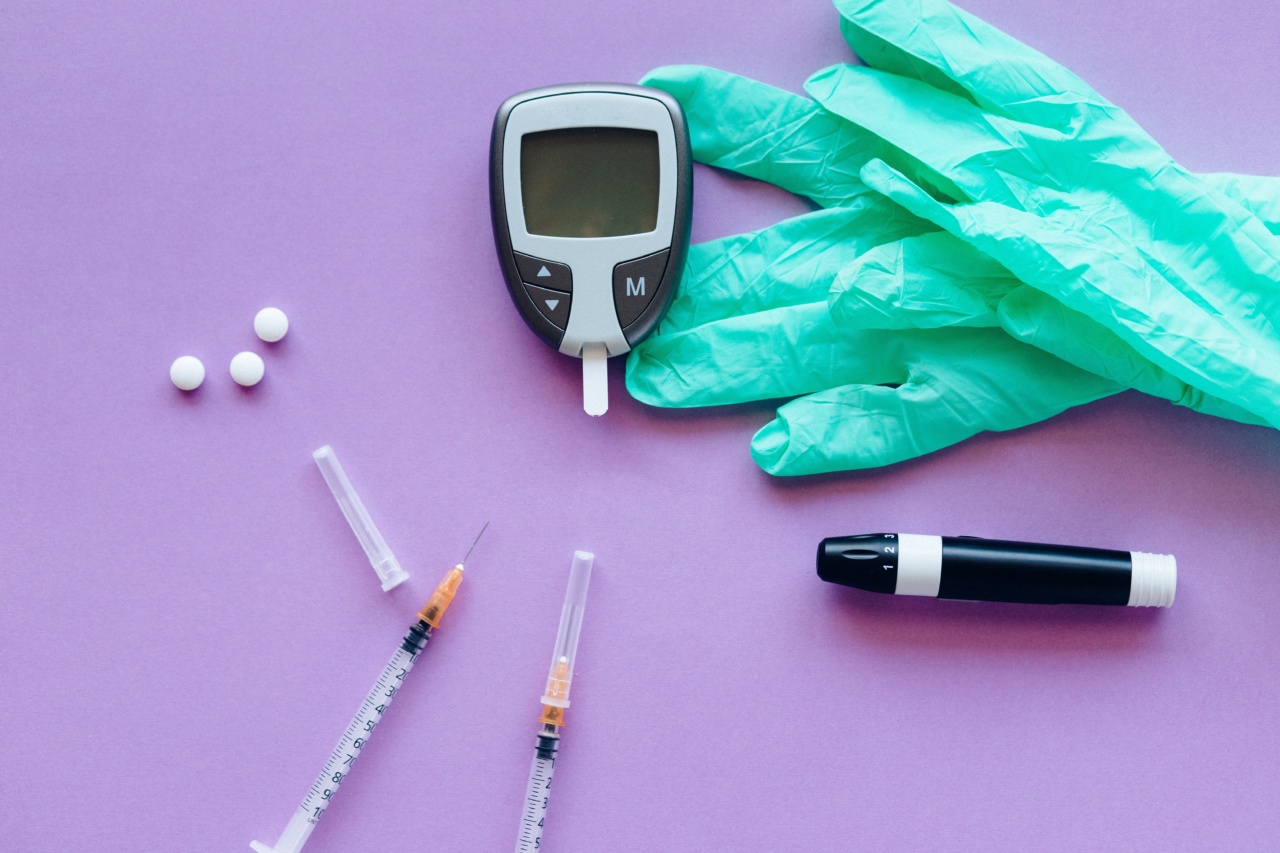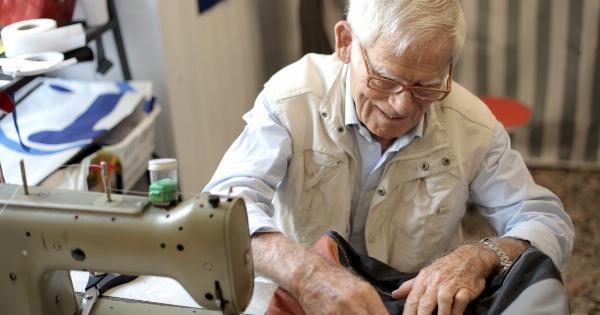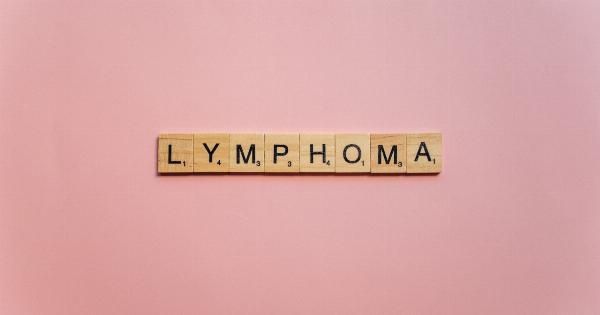Transfusing human blood has long been one of the cornerstones of modern medicine. Blood transfusions have been used to save countless lives and are an essential part of almost all medical procedures.
However, there is one major issue with blood transfusions – there is a constant shortage of blood donors. This shortage has led scientists to develop an artificial blood substitute, and now the United Kingdom has made medical history by performing the first ever artificial blood transfusion.
What is Artificial Blood?
Artificial blood, also known as blood substitute, is a product that is created to mimic and replace human blood.
The idea of creating artificial blood has been around for more than a century, but it was not until recently that scientists began to make significant progress.
Artificial blood is created in a laboratory and is made up of a combination of chemicals, proteins and other substances that are designed to function in a similar way to human blood. There are two main types of artificial blood:.
- Perfluorocarbon-based
- Hemoglobin-based
Perfluorocarbon-based Artificial Blood
Perfluorocarbon-based artificial blood is made up of a liquid that is able to carry oxygen just like hemoglobin does in human blood.
This liquid is combined with inert gasses, such as nitrogen or oxygen, to create a product that can be transfused into a patient’s bloodstream.
Perfluorocarbon-based artificial blood has some advantages over traditional blood transfusions. For example, it can be stored for much longer periods of time than human blood.
It also does not have to be matched to a patient’s blood type, making it easier to use in emergency situations.
Hemoglobin-based Artificial Blood
Hemoglobin-based artificial blood is created by taking hemoglobin, the protein that carries oxygen in human blood, and isolating it.
Once the hemoglobin has been isolated, it is mixed with other chemicals to create a product that can be transfused into a patient’s bloodstream.
One of the biggest advantages of hemoglobin-based artificial blood is that it solves the problem of blood type matching.
Because hemoglobin does not contain the other proteins that are present in human blood cells, it can be used in transfusions regardless of the patient’s blood type.
The UK’s Artificial Blood Transfusion
The United Kingdom has recently made medical history by performing the first ever artificial blood transfusion.
The transfusion was part of a clinical trial that was carried out by scientists from the NHS Blood and Transplant unit and the University of Bristol.
The trial involved the use of hemoglobin-based artificial blood and was performed on a patient who was suffering from thalassemia, a genetic blood disorder that causes a shortage of hemoglobin in the body.
The patient received a dose of 2 units of Hemoglobin-based oxygen carrier-201, which is an experimental product that is being developed by the Japanese pharmaceutical company, Ajinomoto Bio-Pharma Services.
The transfusion was a success and the patient was able to recover without any adverse effects.
The clinical trial was seen as a major breakthrough in the field of artificial blood and could lead to the development of new treatments for a wide range of medical conditions.
The Future of Artificial Blood
The success of the UK’s artificial blood transfusion has sparked renewed interest in the development of artificial blood.
Scientists believe that artificial blood could have a wide range of applications, from emergency medicine to military operations.
One area that is particularly promising for the use of artificial blood is in the treatment of trauma patients. Trauma patients often require large amounts of blood transfusions, but there is often a shortage of blood donors.
Artificial blood could be used to treat these patients without the need for human blood.
Another area where artificial blood could be useful is in the treatment of patients with rare blood types. Patients with rare blood types often have a difficult time finding matching blood donors.
Artificial blood could be used to provide these patients with the blood they need.
Conclusion
The UK’s artificial blood transfusion is a major milestone in the development of artificial blood.
While there is still much research to be done, the success of this clinical trial is a step towards providing patients with a safe and reliable source of blood that does not rely on human donors. Artificial blood could have a wide range of applications in medicine and could potentially save countless lives in the future.





























